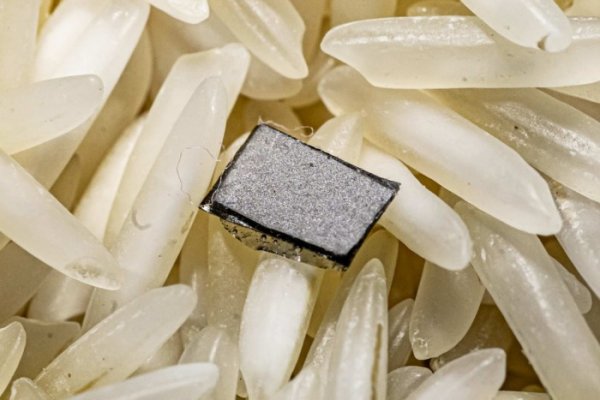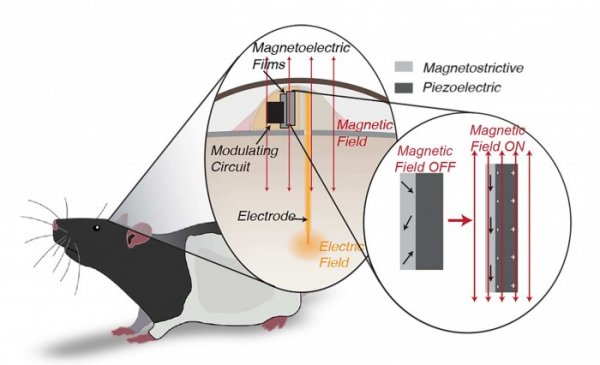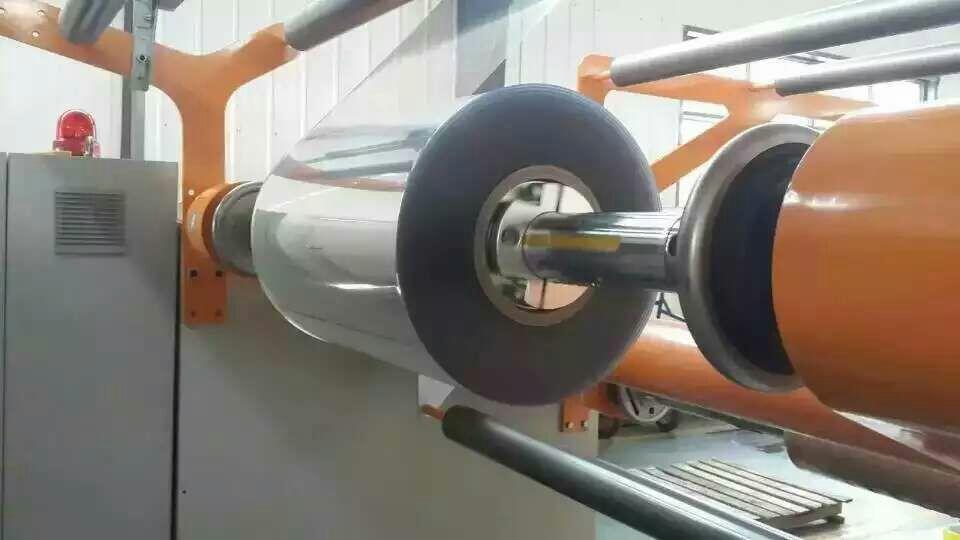Scientists create new human implants that only require wireless external charging
According to foreign media reports, when it comes to the treatment of certain neurological diseases, doctors will increasingly consider using battery-driven implants to stimulate certain parts of the brain. However, scientists have now developed a device powered by an external magnetic field. Normally, for diseases such as epilepsy or Parkinson's disease, nerve stimulation electrodes can be surgically implanted into the brain.

These electrodes will be hard-wired to a separate battery-powered pacemaker-like device, which will be implanted subcutaneously in other parts of the body. Although the battery can be recharged, it will eventually wear out and eventually need to be replaced by surgery.
As an alternative method, researchers have now developed a method to wirelessly charge brain implants only when needed. Although some sources of energy such as ultrasound, radio waves, and light energy have been proposed, scientists at Rice University in Houston, Texas, point out that all of these energy sources will either be disturbed by biological tissue or produce large amounts of harmful heat.
Under the leadership of graduate student Amanda Singer, their team developed a magnetic energy nerve stimulator. Its shape is a thin rectangular film-about the size of rice grains-consisting of two layers of material. The first layer is a magnetic confinement foil composed of iron, boron, silicon and carbon. When subjected to a magnetic field, it will vibrate at the molecular level; the second layer is a piezoelectric crystal, which converts the vibration of the metal foil into a voltage, The integrated circuit then modulates the voltage and reduces its frequency to such an extent that the neuron will respond to it.

In laboratory tests, the research team implanted an implant subcutaneously in the mouse's head, which was connected to an electrode that extended to the brain's reward center. These rodents can move freely in their cages, and it can be seen that they like to stay where the magnetic field activates the device.
"Our results show that the use of magnetoelectric materials for wireless power transmission is not just a novel idea," said Jacob Robinson, the corresponding author of the research paper. "These materials are also excellent candidates for clinical-grade wireless bioelectronics."
Related research reports have been published in "Neuron".
pet film has good printability, excellent dimensional stability, good surface and barrier properties. Widely use for packaging
PET film is used successfully in a wide range of applications, due to its excellent combination of optical, physical, mechanical, thermal, and chemical properties, as well as its unique versatility.
|
Usage |
Food packaging,Blister packaging,Medical packaging |
| Features | Prominent transparency and surface gloss compared to other resin |

Pet Film Rolls,Pet Rigid Film,Petg Rigid Film,Anti Static Pet Sheet
Shandong Top Leader Plastic Packing CO., LTD , https://www.sdzlplastic.com